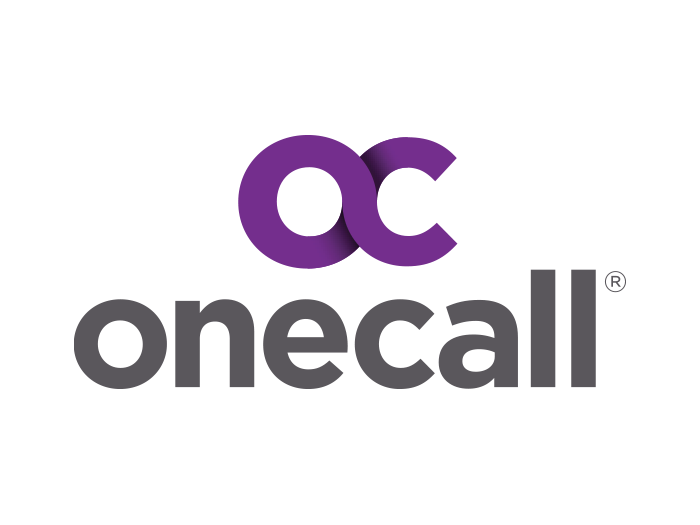Risk Insider: George Browne
Good Risk Housekeeping
When you hear the word housekeeping, what do you think of? Do the words attractive, neatly organized and clean come to mind?
At an office or retail property, where your operations are visible to the public, you want the facility to be welcoming and pleasing to the eye. Even facilities that the public does not enter benefit from a well-maintained exterior. While housekeeping can create a good impression, in risk management, there is much more to housekeeping than aesthetics and just making things look nice.
Good loss prevention housekeeping means paying attention to the details that can prevent a fire or, in the event of a fire, minimizing its impact.
Think about what you typically see in your facilities. There could be fuels, including wood, paper, plastic, other combustibles, or maybe flammable liquids of some type. When you recognize these fuels, you must identify why they are there, look at how they are stored or used, and recognize their value.
Packaging materials such as wood, paper or plastics might be used to package your products – in this case, these materials are valuable -, or were they used to ship raw materials to your facility, which would then be considered trash.
It is vital that you control what you allow in your building and remove what does not need to be there. For those materials (i.e. fuels) that must be in your building, consider how much you need at any given time. Is it possible to limit the quantity to what is needed for one shift or production run?
Look at all of your storage areas, including production areas, warehousing, stockrooms and all closets and rooms used for storage. These areas should be well organized and arranged to prevent the spread of fire; that includes keeping storage out of aisles.
Establishing and enforcing a standard for good loss control housekeeping can also affect the internal culture of your organization. Standards provide people with an expectation of what needs to be done.
Vigilence also includes maintaining storage types and heights so that a fire does not overwhelm the sprinkler system. Rack storage needs to be arranged with flue spaces between back-to-back racks and between the storage in the racks. These flue spaces allow heat to activate the closest sprinklers while allowing sprinkler water to penetrate the racks and control the fire.
Good housekeeping has other benefits, as well. Keeping machinery and equipment clean can prevent overheating that can cause premature failure or provide an ignition source to nearby combustibles.
Maintaining aisles and storage areas clean and free of excess materials provides clear paths for the movement of people and products. Eliminating dust, dirt, debris, or other contaminants in the area can also improve quality control.
Establishing and enforcing a standard for good loss control housekeeping can also affect the internal culture of your organization. Standards provide people with an expectation of what needs to be done. When people are able to meet expectations, they take pride in what they’ve accomplished, and it becomes the norm.
The obvious impact of good housekeeping is a neat, orderly, and well-organized space. The not- so-obvious risk control benefit is that you and your employees are reducing the potential for fires and equipment failures and improving quality by applying a standard that delivers those benefits. That should make a good impression on everyone.










